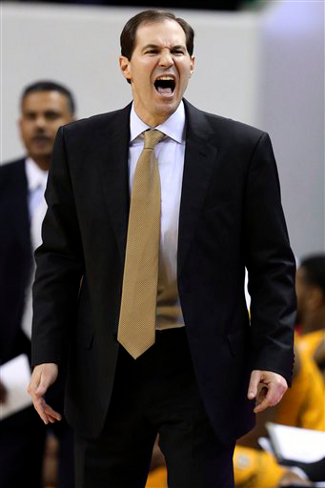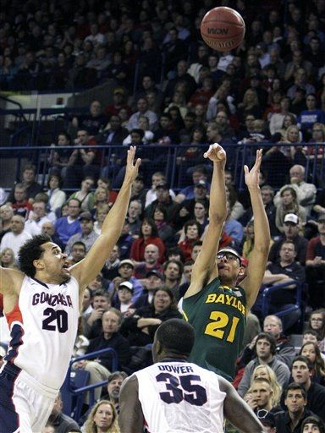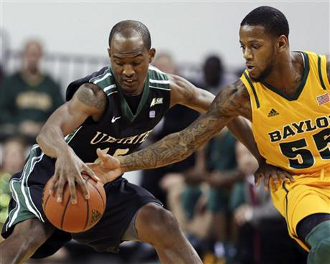Texas Longhorns (8-5 overall, 0-0 Big 12) at Baylor Bears (8-4, 0-0)
Ferrell Center | Waco, TX | Tip: 1 P.M. CT | TV: ESPNU
LRT Consecutive Game #234
The Texas Longhorns head into conference play moving in the right direction. A home win over a talented but inconsistent UNC squad and an impressive performance on the road against Michigan State revealed a confident Longhorn team that looked nothing like the one that sleepwalked through a disastrous week on the island of Maui. Last Saturday, the Longhorns added another piece of the puzzle when tenacious rebounder Jaylen Bond rejoined the squad. There was also the huge news in late December that sophomore point guard and unquestioned team leader Myck Kabongo would be eligible for the final eight games of the season.
With one of the nation’s best defenses and a string of good news, things are finally looking up for Texas. Of course, opening conference play on the road against a formidable Baylor team could stop that momentum in an instant.

Scott Drew won’t be on the Baylor sideline today
(Photo credit: Rod Aydelotte/Associated Press) 
Isaiah Austin is a 7-footer with a great jump shot
(Photo credit: Young Kwak/Associated Press) 
The Baylor guards have quick hands on defense
(Photo credit: Rod Aydelotte/Associated Press) |











